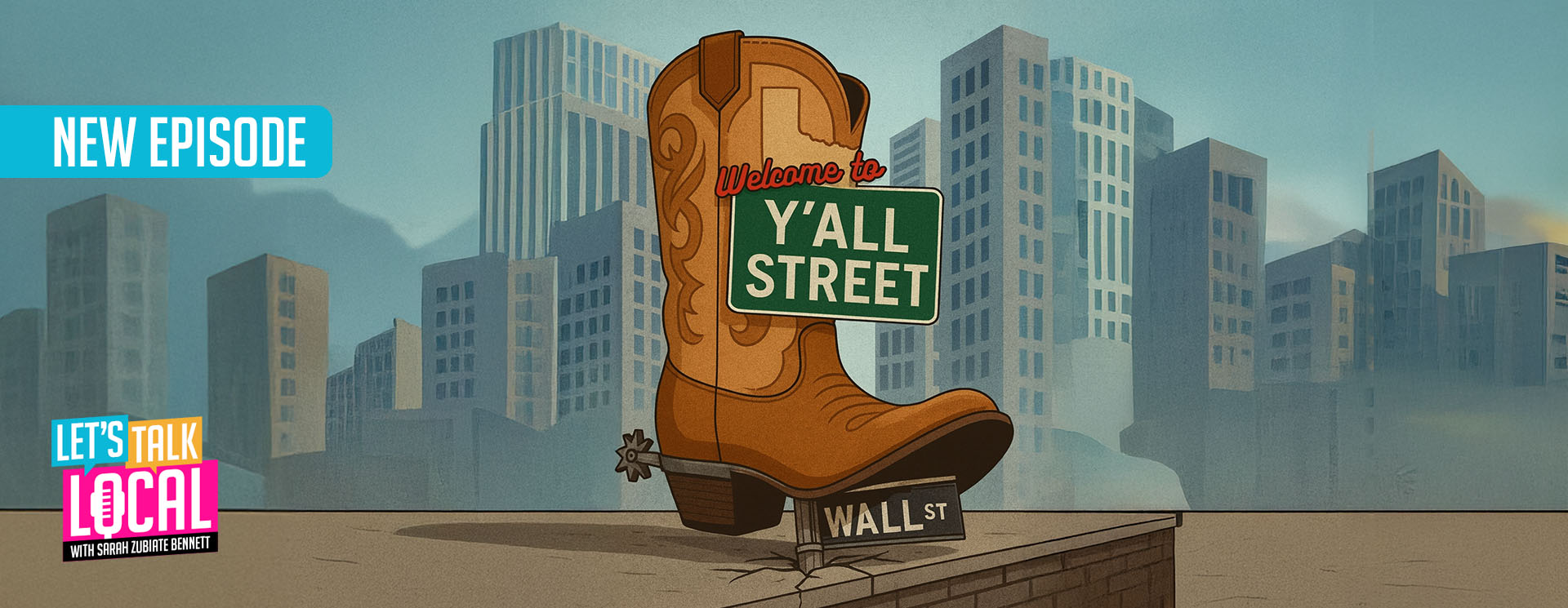One of the world’s most popular English-language dictionaries has formally redefined the terms “man” and “woman” by adding supplemental definitions to include transgender men and women.
The Cambridge Dictionary, first published in 1995 by the University of Cambridge, has recently expanded the definition of man and woman, following the lead of Merriam-Webster that earlier this year did the same for the terms “male” and “female.”
It was reported in July that Merriam-Webster inserted “having a gender identity that is the opposite of male” as the secondary definition of the word female. The dictionary also similarly modified the definition of “male.”
While the Cambridge Dictionary did not change the definitions of male and female, its changes to the terms man and woman essentially mirror the path set by Merriam-Webster by including a “trans definition” as the second definition.
For the term “woman,” Cambridge Dictionary inserted, “an adult who lives and identifies as female though they may have been said to have a different sex at birth.”
The dictionary then lists two examples of its usage with this meaning: “She was the first trans woman elected to a national office,” and “Mary is a woman who was assigned male at birth.”
The new Cambridge definition of a man is similarly structured to that of a woman and also contains examples of its usage: “Mark is a trans man (= a man who was said to be female when they were born),” and “Their doctor encouraged them to live as a man for a while before undergoing surgical transition.”
Journalist and Manhattan Institute Fellow Christopher Rufo was seemingly the first to publicly share the inclusion of these trans definitions in Cambridge’s dictionary, tweeting a photo of the new entry and saying, “Cambridge Dictionary just dropped a new definition of ‘woman.’”
Rufo later tweeted that the trans definition authors at Cambridge did not utilize the pronouns “she” or “he,” but instead used “they.”
“Notice that the dictionary writers say ‘*they* may have been.’ They couldn’t bring themselves to write ‘she may have been,’ because they know they’re lying. That’s the tell,” Rufo remarked.
Dan McLaughlin, a senior writer at the conservative National Review, retweeted Rufo’s initial post with the comment, “1984 wasn’t supposed to be a how-to manual.”
Meanwhile, Dr. Jane Hamlin, president of the Beaumont Society, a charity that supports transgender issues, was overjoyed by the changes, saying, “This is such good news. There has been so much misinformation and rubbish written about definitions of ‘man’ and ‘woman’ lately, but these definitions are clear, concise and correct. Congratulations to the Cambridge Dictionary team!”
In a request for comment, a spokesman for Cambridge Dictionary defended the company’s actions and underscored that the primary function of its publication is to assist English language learners.
“Our editors made this addition to the entry for ‘woman’ in October. They carefully studied usage patterns of the word ‘woman’ and concluded that this definition is one that learners of English should be aware of to support their understanding of how the language is used,” the spokesman commented.


